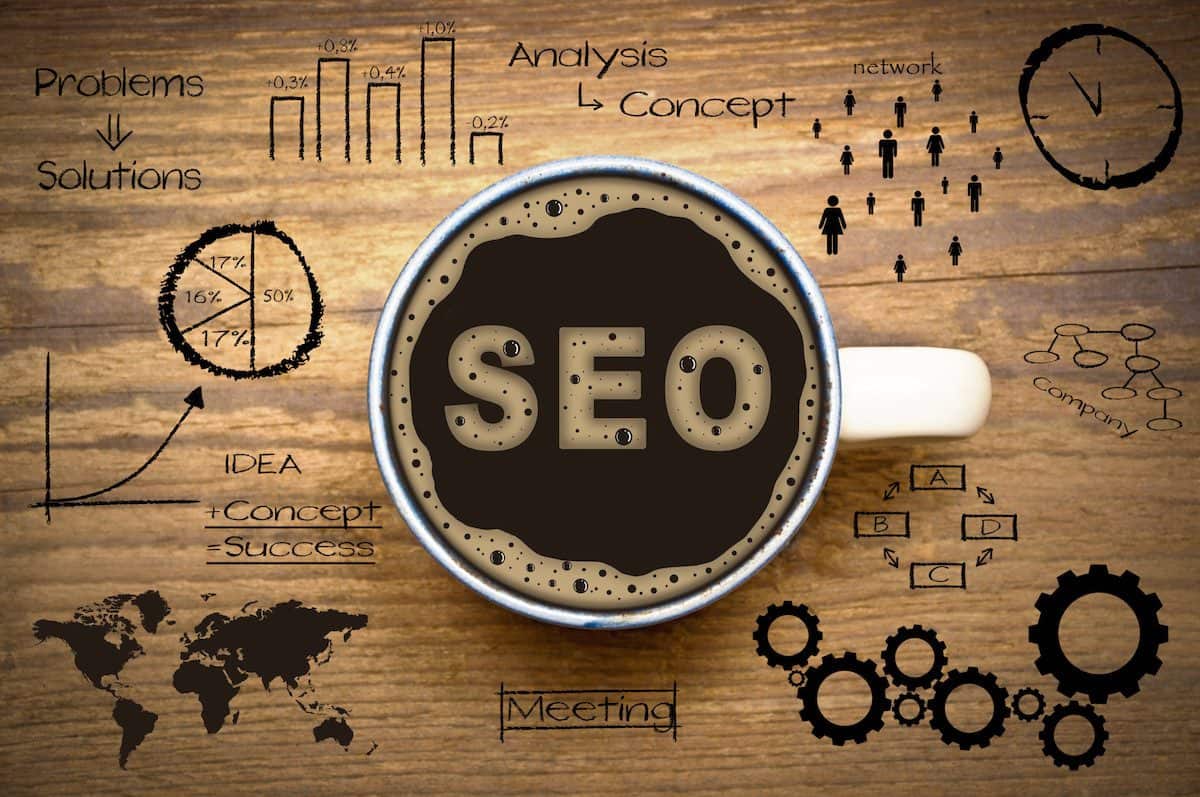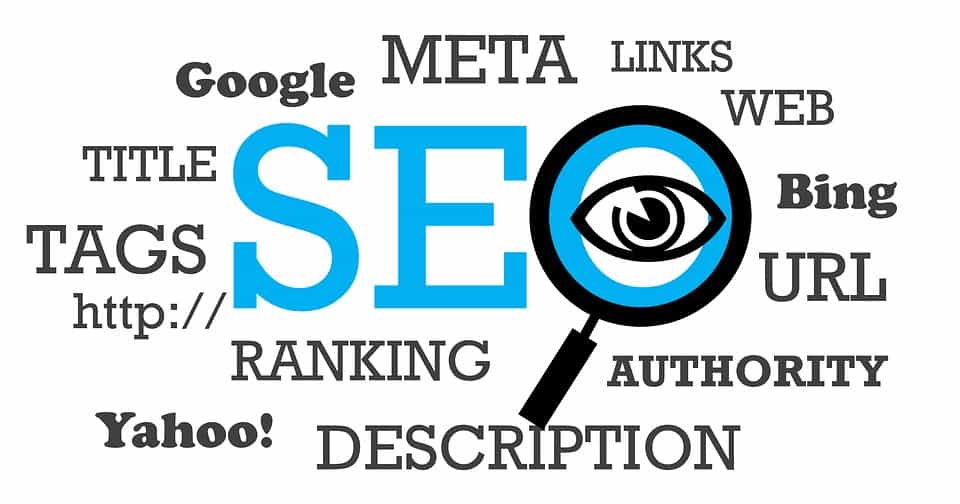In today’s digital landscape, a strong online presence is crucial to your brand’s success. With millions of websites vying for attention, it’s imperative that your brand’s website stands out and easily found by potential customers. Search engine optimization (SEO) is an indispensable tool in achieving this feat, as it enables your website to rank higher in search engine results pages (SERPs) and attract qualified traffic that can lead to increased conversions and sales. Partnering with a skilled and experienced SEO agency like Killerspots can provide your brand with the expertise, resources, and strategies required to optimize your website, improve your brand’s online visibility, and drive sustainable growth.
Since 1999, Killerspots Agency has been providing clients worldwide with contagiously creative, tailored SEO services designed to generate measurable results. Our team of SEO experts work closely with you to develop a comprehensive optimization strategy that addresses every aspect of your website, from keyword research and on-page optimization to content creation and link building.
The Importance of SEO in Today’s Digital Landscape
Search engine optimization is no longer a luxury reserved for a select few, but rather an essential aspect of any successful digital marketing strategy. Brands that prioritize SEO are better equipped to beat their competition, increase their online visibility, and establish strong relationships with their target audience. Several benefits demonstrate the significance and impact of effective SEO strategies:
1. Improved Organic Search Rankings: SEO helps your website appear on the first page or top positions in SERPs, ensuring better visibility and higher chances of attracting potential customers.
2. Increased Credibility and Trust: A higher search ranking signals to users that your website is a reliable and authoritative source of information, products, or services.
3. Enhanced User Experience: SEO techniques focus not only on search engines but also on improving the overall user experience, making it easier for visitors to navigate, consume content, and engage with your website.
4. Cost-Effective Marketing Strategy: As opposed to paid advertising, SEO offers a more cost-effective and sustainable way to generate long-term organic traffic and growth.
Key Elements of a Holistic SEO Strategy
Developing and implementing an effective SEO strategy requires a comprehensive approach that addresses various essential components, including:
1. Keyword Research: Identifying the right keywords is crucial for optimizing your website and driving targeted traffic. Conduct thorough research to understand what your target audience is searching for and which keywords are most relevant to your business.
2. On-Page Optimization: Ensure that your website’s content, metadata, and internal links are optimized for your target keywords, making it easier for search engines to crawl and index your pages.
3. Technical SEO: Address technical aspects such as site speed, mobile responsiveness, and website security, which influence both search engine rankings and user experience.
4. Content Creation: Develop high-quality, valuable, and shareable content that answers your target audience’s questions, solves their problems, and showcases your unique offerings, helping to establish your brand as an authority in your industry.
5. Off-Page Optimization: Building high-quality backlinks, managing social media profiles, and engaging in guest posting opportunities all contribute to your website’s off-page optimization, which is crucial for improving search engine rankings.
Killerspots Agency’s Comprehensive SEO Services
Harnessing the expertise and experience of Killerspots Agency can ensure that your website is optimized for maximum effectiveness, focusing on key areas such as:
1. SEO Audits: Our team conducts a thorough audit of your website to identify areas of improvement and develop a tailored optimization strategy.
2. Local SEO: We help businesses optimize for local search, improving visibility among localized audiences and driving relevant traffic.
3. E-commerce SEO: Our specialists offer e-commerce website optimization to maximize product exposure and boost online sales.
4. Analytics and Reporting: Our team provides timely analytics and insightful reports to keep you informed of your website’s performance and the effectiveness of our SEO efforts.
Adapting SEO Strategies to Stay Ahead of the Game
The world of SEO is ever-changing as search engine algorithms and user expectations evolve. Staying ahead of the curve requires constant adaptation and a proactive approach to optimizing your website. With Killerspots Agency’s guidance and expertise, your brand can:
1. Monitor Algorithm Changes: Our team stays up-to-date with the latest search engine algorithm updates, ensuring your website adapts to any changes and maintains a competitive edge.
2. Analyze Competitor Strategies: By analyzing the strategies of industry competitors, we can identify opportunities for improvement and stay one step ahead in the digital landscape.
3. Embrace New SEO Techniques: Our team continually researches and embraces innovative SEO techniques that help your brand maintain its superior search engine rankings.
Conclusion
Investing in a comprehensive search engine optimization strategy is essential for brands looking to establish a strong online presence and drive sustainable organic growth. With Killerspots Agency’s tailored SEO services, your brand can reap the many benefits of optimized search engine rankings and enjoy increased visibility, credibility, and overall digital success. To learn more about how Killerspots Agency’s SEO services can help you navigate the ever-changing landscape of digital marketing, reach out to us online or at (513) 270-2500.




















